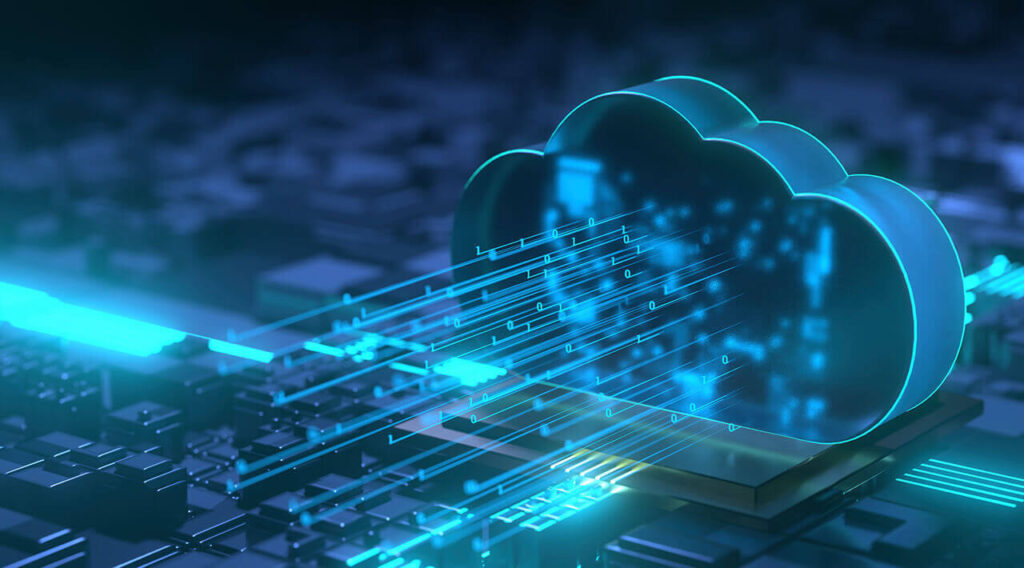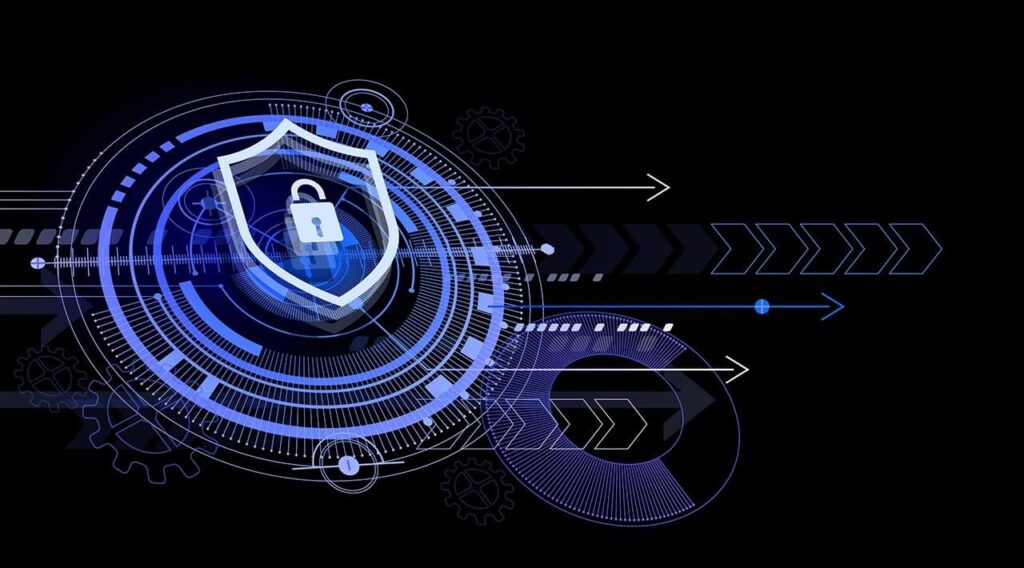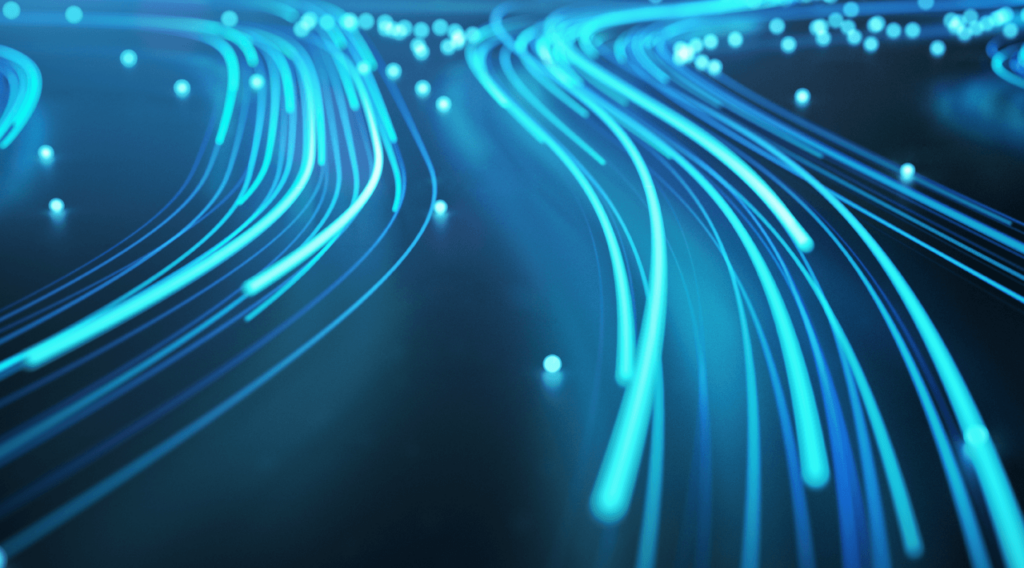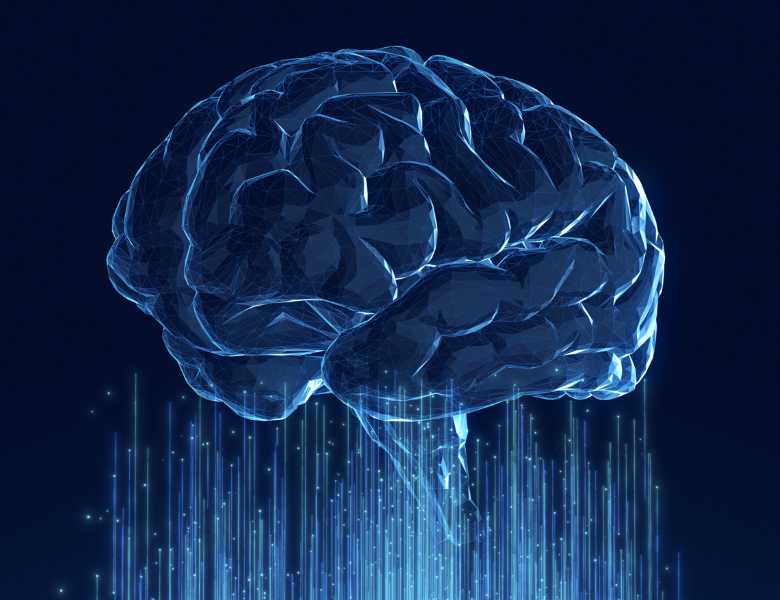The Technologies of the Industrial Revolution: From the Steam Engine to AI
Technology has always been a fundamental factor in all the industrial revolutions that have taken place over the last few centuries.
Historians named the set of processes starting in the 18th century that replaced artisanal tools with machines, and human energy with motive power, as the “Industrial Revolution” forever transforming the means of industrial production and transportation. This process generated profound changes in labor relations and consolidated the formation of the capitalist system.
First Industrial Revolution
The First Industrial Revolution was driven by the steam engine, invented by Thomas Newcomen in 1712 and perfected by James Watt in 1765.
This technology allowed for mechanization and increased productivity in the factory process of the time, using coal as fuel. With the creation of the locomotive and railways in the 1830s, land dominance gave way to industrial dominance, turning England into the great world power of the 19th century.
Second Industrial Revolution
Electricity was the basic technology of the Second Industrial Revolution, which began in the late 19th century.
The creation of the electric lamp invented by Benjamin Franklin and the electric motor by Michael Faraday, later perfected by Nikola Tesla, enabled the mass production of consumer goods through the concept of the assembly line. This revolutionized life in cities, food preservation, transportation, and various applications present in our daily lives.
Key fact: Hydroelectric power later emerged as the first sustainable alternative to replace fossil fuels.
Third Industrial Revolution (The Digital Revolution)
The Third Industrial Revolution began in the 1950s with the development of semiconductors and computing systems.
These technologies enabled the development of dozens of devices that make up the “electronic world,” revolutionizing society in the transition to the new millennium through the rapid evolution of information technology (IT) and telecommunications via fiber optics and satellites.
We highlight the emergence of the Internet and mobile telephony as the most revolutionary creations of this period, technologies used in industry, commerce, service provision, and entertainment.
Fourth Industrial Revolution: The Fusion of Worlds
The Fourth Industrial Revolution (4IR), defined by Klaus Schwab, engineer and economist founder of the World Economic Forum, began in the 2010s.
Unlike the previous ones, this industrial revolution is not defined by a single set of technologies but represents the transition to new systems built on the infrastructure of the digital revolution, with much greater speed, global reach, and impacts across society.
According to Durval Jacintho (MSc, PMP, CCI), technology consultant and former VP at Cirion Latam: “From my experience, the 4IR is not a simple evolution; it is a fusion. It is the first time that physical, digital, and biological technologies are so interconnected, creating a new productive and social fabric that requires ultra-low latency infrastructures.”
As a result of this revolution, technological megatrends have emerged, classified into three main dimensions:
Key Technologies of the 4IR
-
- Physical Dimension:
Autonomous vehicles
3D Printing (Additive manufacturing)
Advanced robotics
New materials - Digital Dimension:
IoT (Internet of Things)
Blockchain
Big Data
Artificial Intelligence (AI) - Biological Dimension:
Gene editing
Synthetic biology
Bioprinting and Nanotechnology
- Physical Dimension:
These technological trends are increasingly interconnected and feed off each other.
Applications of the 4IR in Key Industries
- Healthcare Industry: We find the greatest synergies among these trends here, with the use of telemedicine equipment, diagnostics, and exams interconnected with databases to store information. Precision medicine is one of the biggest revolutions, resulting from the combination of the practical concept of Big Data with Blockchain technology, which ensures high-quality information, security, and data privacy for the individual medical diagnosis and treatment of each patient.
- Financial Industry: New robotic consulting algorithms (Robo Advisory) are reducing costs and eliminating entry barriers with Fintechs. Banks are using new technologies to offer more accessible products, risk analysis for investments through data mining, and service conveniences based on Artificial Intelligence and IoT.
The Challenge of Privacy and Connectivity
An important aspect at this time is privacy. While in the Third Industrial Revolution humanity used technology to express its freedom of speech, in the Fourth Industrial Revolution the security of personal data and the confidential information of governments and companies has become a critical factor to ensure people’s privacy, prevent cybercrimes, and secure electronic transactions.
We now live in an increasingly connected world, with infinite technological possibilities that are transforming our way of life.
How Cirion Drives the 4th Industrial Revolution
In tune with the demands of the 4th Industrial Revolution, Cirion offers its clients data-intensive operations, low latency (< 5ms) and security, through Edge Computing processing.
Our platform is ideal for applications in:
- Virtual or augmented reality.
- IoT and electronic transactions.
- Robotics applied to retail.
Furthermore, we provide support for new “Tactile Internet” services that enable human-machine interaction through tactile and immediate sensations, with applications in health, education, and electronic gaming.
With an extensive network of over 86,000 kilometers of fiber optics in Latin America, 11,800 connected buildings, and 18 proprietary data centers, Cirion offers services enabling easy access to cloud applications such as Big Data analytics, disaster recovery, SaaS, among others, in addition to a variety of unified collaboration services.
We can affirm that the 4th Industrial Revolution is a “techno-socioeconomic” revolution, given the breadth of the impact these emerging technologies have on society. They will change people’s consumption and lifestyle habits, in addition to bringing significant transformations for the future of work, companies, and organizations of the 21st century.










